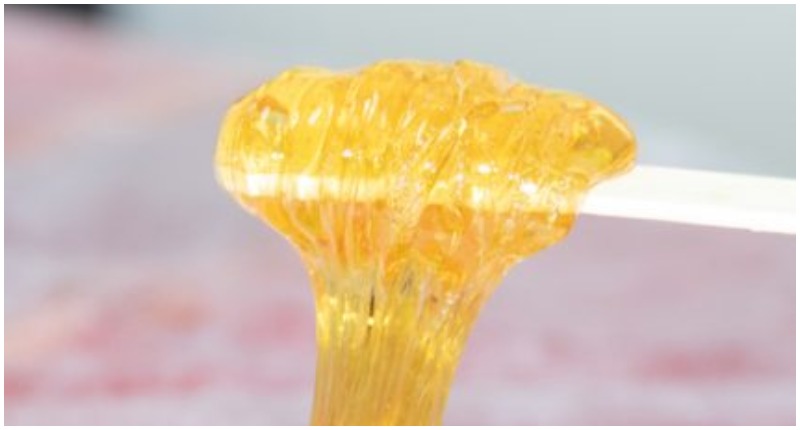The staggering number of products available at beauty stores throughout the world show that the contemporary beauty and cosmetic industry are constantly changing. There are hundreds of products hitting the market daily, and some of them prove to be fads before they have even reached consumers.
However, some natural products seem to never fail. Some of them like honey, milk or olive oil have been used for millennia. Several ancient beauty techniques are just so remarkable that passing of time and modern advances in the industry just do not manage to discredit them.
Sea Salt
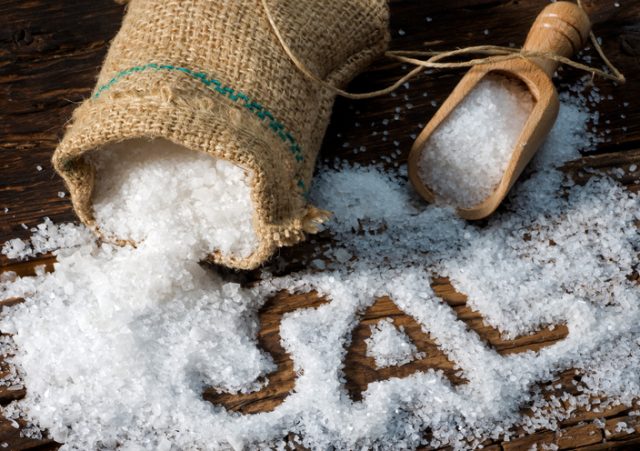
The ancient Greeks were known as the big admirers of physical beauty and health and persistently sought for ways to improve their looks. The word cosmetics originates from the Greek word “kosmetikos” which translates roughly to being “skilled in adornment or arrangement”.
It is, therefore, not unusual that some of the widely used cosmetic trends today originate from ancient Greece.
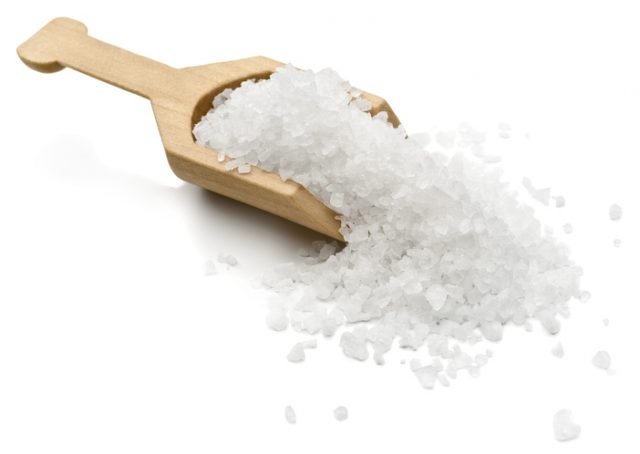
One of them is the use of sea salt for exfoliation and skin rejuvenation. Alongside Greeks, Egyptians were also known for their care for physical appearance using this technique.
In addition to using sea salt as a beauty product, Greeks and Romans, well-known for their bathing rituals, used warm sea water as a relaxation therapy. This form of therapy is still in use today and is known as thalassotherapy, from the Greek word for sea – thalassa.
Sugaring
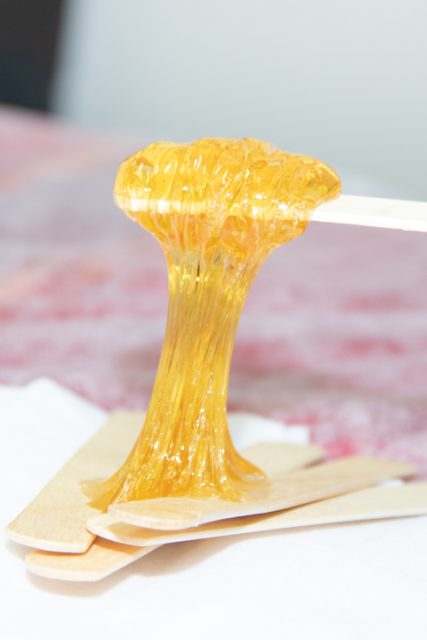
The sugaring technique originally comes from today’s Middle East. Also known as Persian waxing, the technique dates back to circa 1900 BC. Sugar only reached the entire world with trade and colonization, so the technique was first confined to areas surrounding Persia where sugar cane abounded. However, it could be that the first sugaring techniques in reality started with honey.
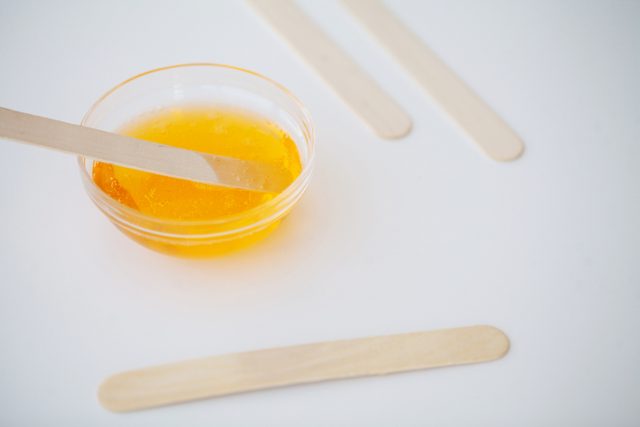
The technique is used for hair removal, a fashion that many societies throughout the world have followed. Sugaring bears many similarities with classic waxing techniques.
A thick sugar paste is made of honey or melted sugar, lemon juice and molasses. When applied to the skin the hairs stick to the thin layer of paste which is then easy to remove.
Related Video: 6 Cleopatra Myths Debunked:
https://youtu.be/xnRssdsGU8U
Persian waxing is much gentler than some other forms of waxing and the paste used in the process does not adhere to the skin, so it is no wonder that we still practice this type of waxing today.
Olive Oil
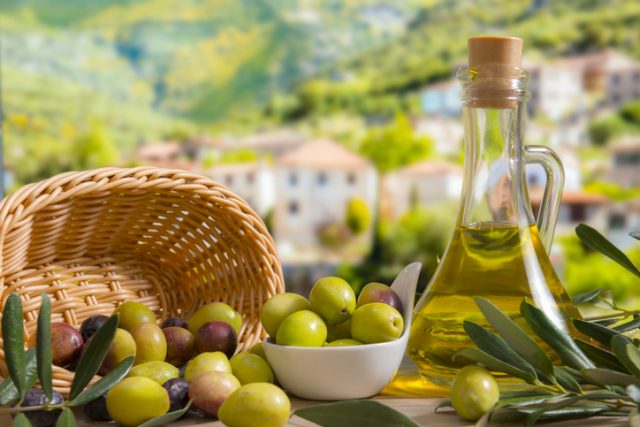
Olive trees were abundant in ancient Greek. Naturally, olives and the oil made from them were a staple in this culture. Olives were first used to produce fragrant oils, but soon enough the Greeks noticed its manifold benefits and started incorporating it in cuisine, as a pharmaceutical and a cosmetic product.
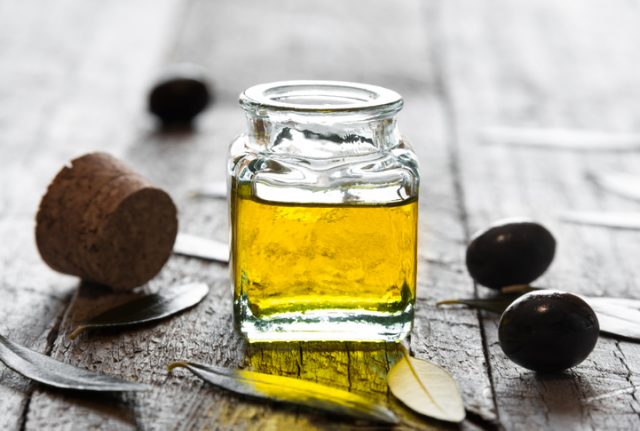
It has been used as a skin-care product for over 5,000 years and the ancient Greek men and women were not the only ones to swear by its benefits.
Egyptians, Phoenicians and Romans all used them as a skin cleanser and natural moisturizer. Rich in vitamin E, olive oil still abounds in many contemporary cosmetic products not only for skin, but also nails and hair.
Saffron Oil
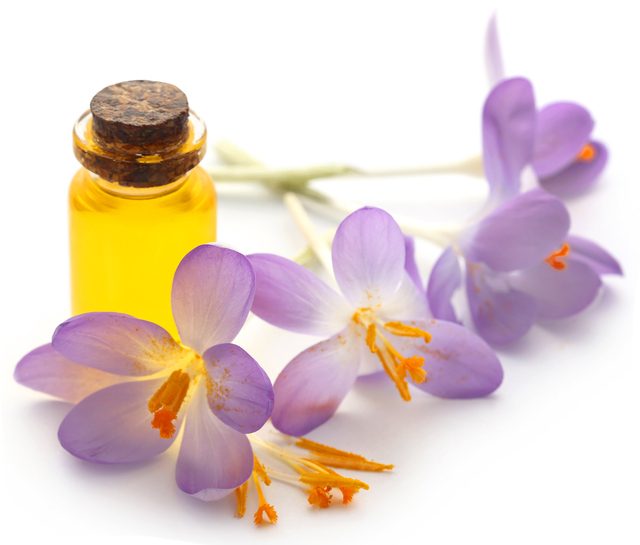
Reputedly one of the most beautiful women to have ever walked the earth, Cleopatra was known for her intricate beauty regime. She made milk and honey baths famous.
Both ingredients are proven to make the skin smoother and keep it moisturized, with honey having additional antiseptic benefits. Almost every major contemporary brand for personal hygiene features at least one product containing the two ingredients.

However, her baths had one extra ingredient — saffron oil. One of the first written sources that talks about its benefits is the oldest Ayurvedic texts dating back to around 500 BC.
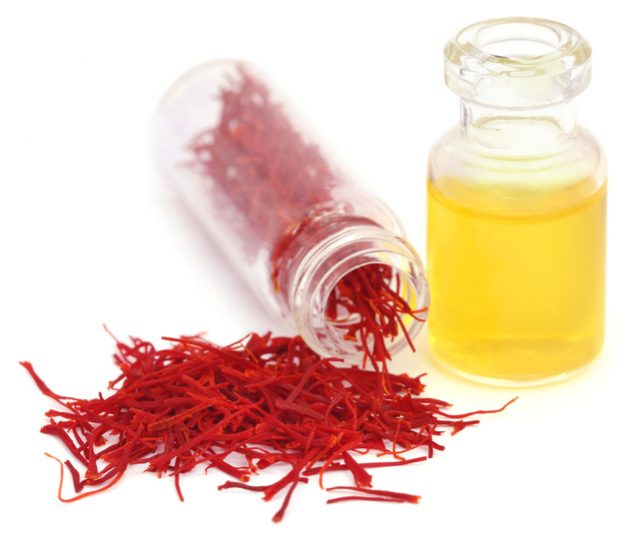
It is mentioned explicitly as a spice used to enhance beauty of the skin. Saffron oil was a luxury product that not many common people could enjoy as the spice was very expensive and rare.
Read another story from us: A Century of Beauty Legends that Defined a Generation
Notwithstanding its many benefits, the oil is not so popular today and it is chiefly used in Morocco and India.
